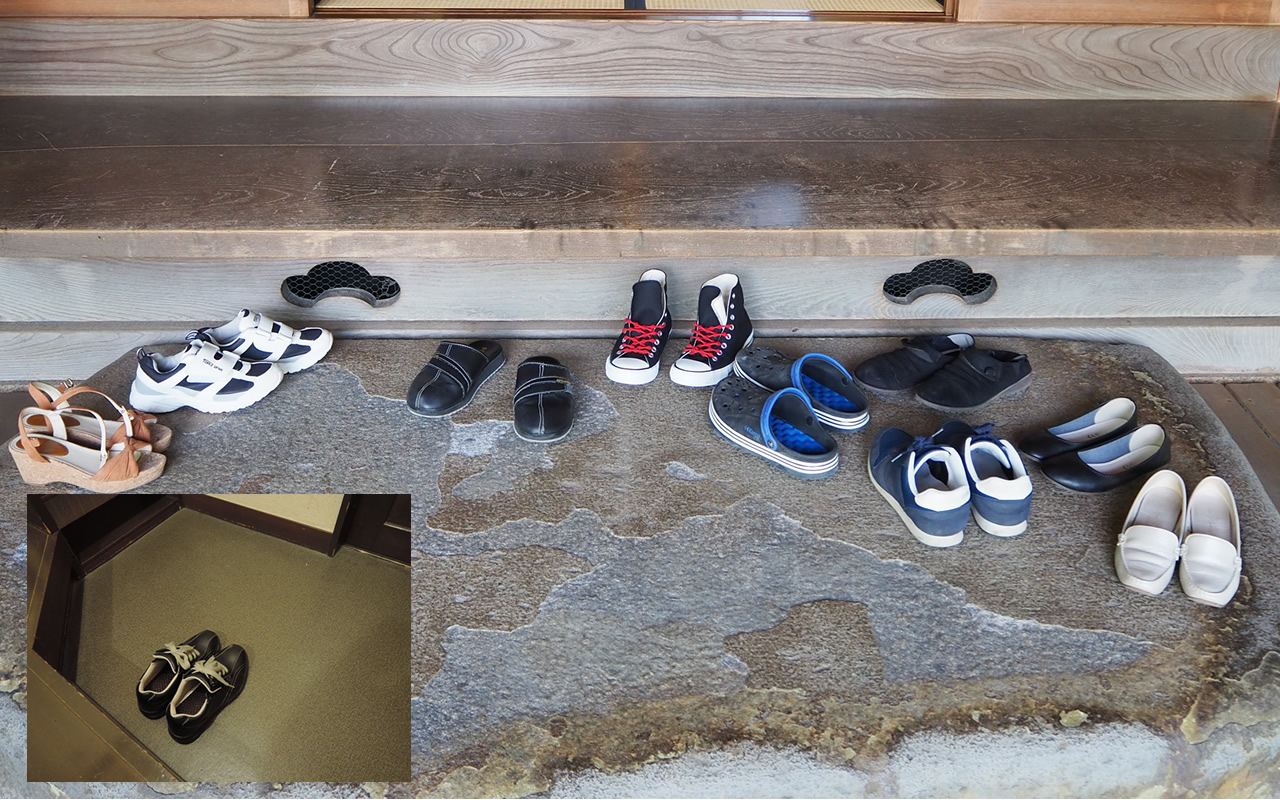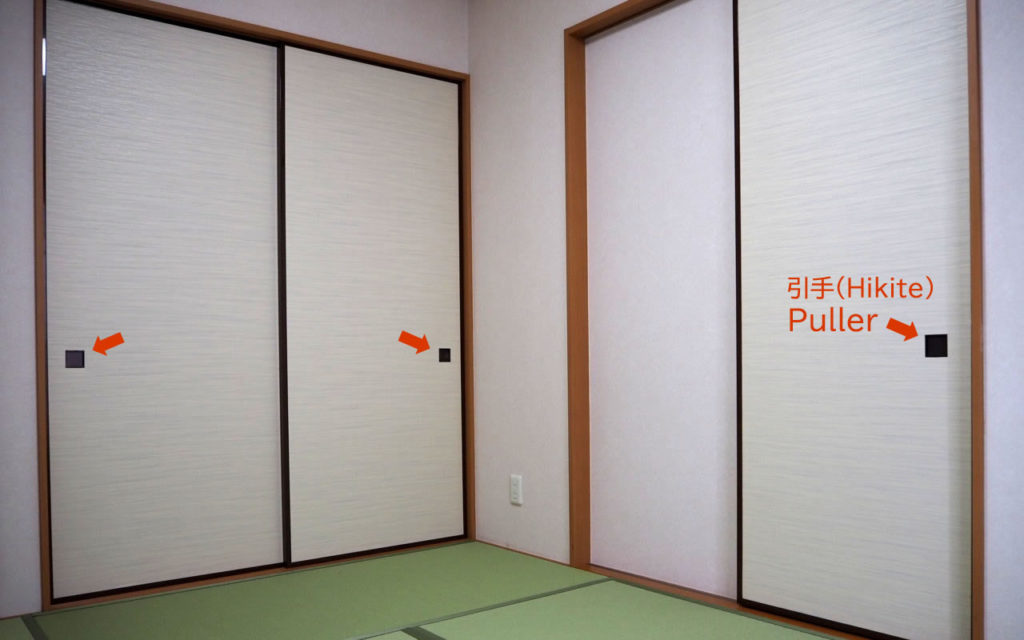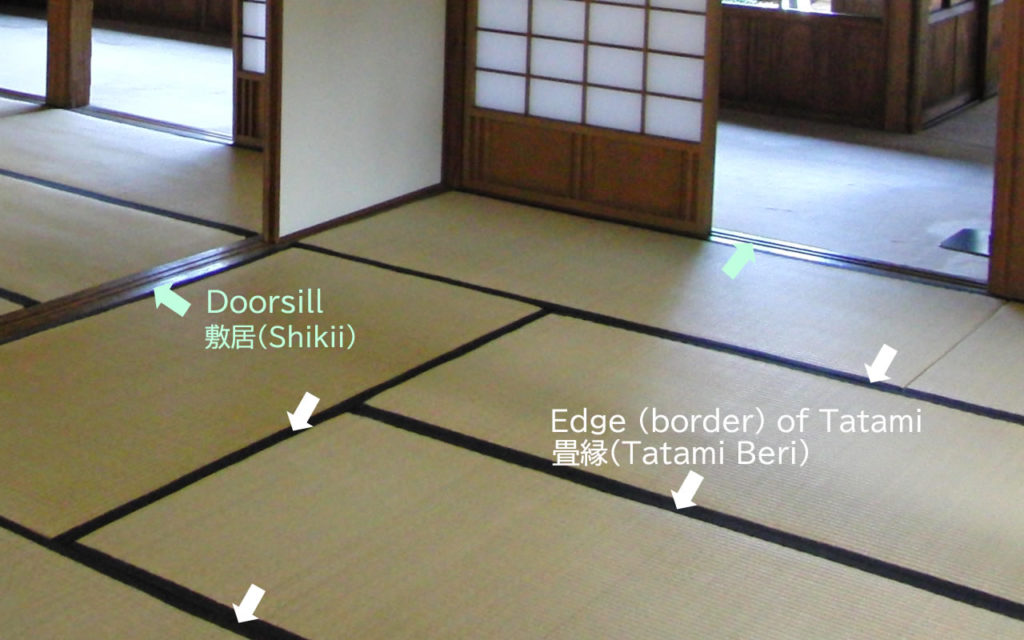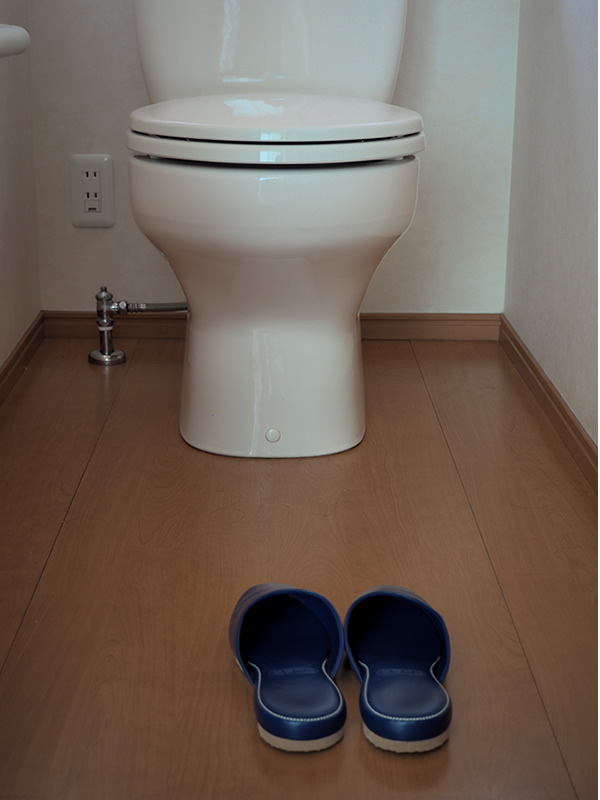Houses in Japan today are standardized basically in western style. People from abroad will live in there without any inconvenience, except for some areas. In Japan, there are some unique customs and housing facilities made to fit the climate and culture, which newcomers may find confusing. The information here will be for those who need to know about such customs and room facilities in the Japanese style. Indeed, proper use of facilities is crucial to keep your home in good shape, and the customs have been a part of manners.
Japanese housing styles and how to use the facilities
Entrance
Take off your shoes at the entrance when you enter a house. Stepping into rooms with your shoes on is a no-no, taken as a bad attitude. The manner is to take off your shoes and arrange them in parallel. The shoe arrangement is like a habit for Japanese people, never skipped wherever they take off shoes. It is advisable to keep this manner in mind when you visit your friend’s house, temples, and those places. At your home, it is better not to leave many shoes at the entrance and put them into a shoe cupboard. However, wet shoes get moldy so easily. Dry them before putting away.
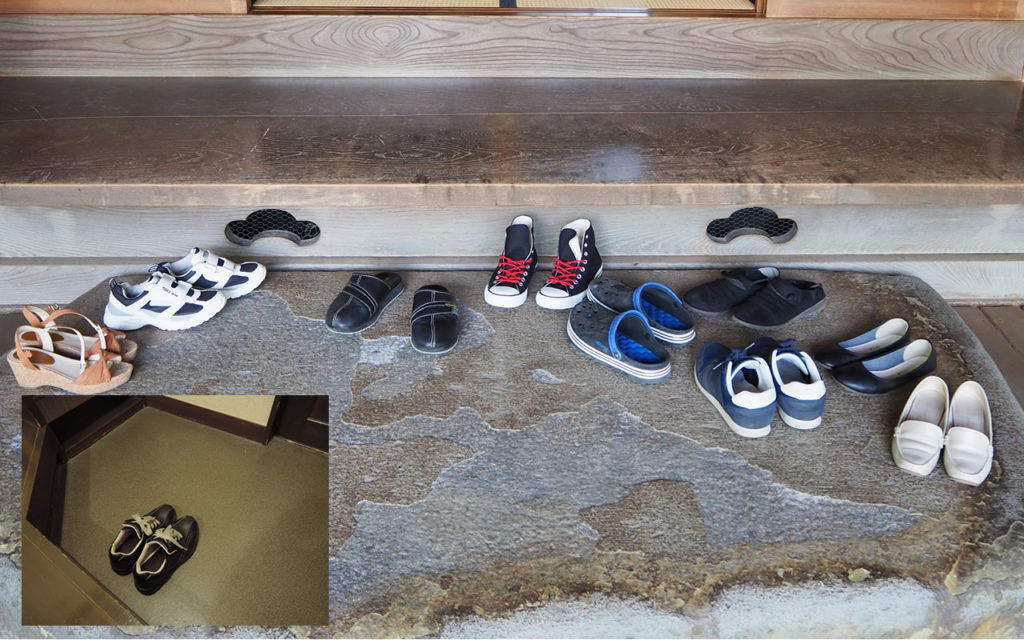
Turn your shoes around and place them in apparel. Doing this makes you feel convenient when putting the shoes on.
Japanese-style room: Fusuma doors
Fusuma (襖) is a sliding door usually equipped in a traditional Japanese-style room. You may rarely see Fusuma doors while Japanese style rooms are decreasing, but these doors are still in use even today. Fusuma has a puller used to slide the door to open and close. If you cannot slide the door smoothly, put your hand on a wooden frame part and add extra push sideways. Do not touch on the surface to slide as the door is made of paper. If you touch the paper part every time you slide the door, it will gradually get ugly hand stains.
Japanese-style room: Tatami rooms
Do not walk on Tatami mats with footwear on. You are to take off slippers when stepping into a tatami room. Also, walking on tatami mats with barefoot should be avoided to keep clean. Be sure and wear socks when you go into a tatami room, at your friend’s house, temples, etc.
For your information, there is an old custom about the Tatami room, which is not to step on the edge of each mat (Tatamiberi 畳縁). The border of Tatami mats used to be made of silk or such delicate fabric that gets damages by stepping on, and it brought the manner of not stepping on the edge of Tatami mats. Similarly, it is a manner not to step on the doorsills (Shikii 敷居) of sliding doors, including Fusuma.
Toilet
Japanese houses often have a toilet and bathing room separately. The door of the toilet room (lavatory) is kept closed anytime. There is no custom that the door is left open a little bit when vacancy, like the custom seen in western countries.
When you go inside of a toilet room, put on the slippers provided there. The slippers are only for use in the toilet room. Don’t forget to take off the toilet slippers and not find yourself walking in a dining room.
In the Japanese lavatory system, only toilet paper is flushable. Other not-allowed-to-flush things are thrown away in a small rubbish bin, usually set aside the toilet bowl. With sanitation in mind, close the toilet lid when you flush.
Bathroom
Japanese bathing style is different from it in western style. The bathroom includes an area where you wash your body, and the bathtub is to soak in hot water and relax the body, like enjoying a spa. In the case of family, the bathtub water is not replaced every time each family member takes a bath. The water is kept and shared to use one after the other. The bathtub lid, or Furofuta (風呂ふた), is used to keep the bathtub water warm. The lid also helps the bathroom not to be filled with steam from the bathtub water. For families with a toddler, the bathtub lid is necessary to keep kids safe from accidentally falling into the tub. The bathtub is filled with much water in the Japanese bathing style, deep enough to cause a drowning accident.

Bathtub lid (Furofuta風呂ふた) on the bathtub. The hand pail is to draw water from the bathtub. Before getting into the tub, use the hand pail and pour the water on your body to get used to the water temperature.
Even if you are a shower person who rarely takes a bath, it is suggested you have a bathtub lid. Steam coming up from the bathtub keeps wet in the bathroom, causing mold to grow before you know it. The bathtub lid helps prevent steam from spreading over in the bathroom.
It is essential to use the ventilation system to prevent mold, and more care should be taken in highly humid seasons, around June and September. In Japan, two types of molds/fungus tend to grow in the bathroom; the colors are pink and black. The mold-like pink fungus is relatively easy to take off, but you can hardly remove the block mold that will really annoy you. The black mod gets on the shower curtains, even on the bathtub lid. It is advisable to keep them dry as possible, not to leave wet after use.
Laundries
Wet laundries are hung up to dry at the inside of the house or outside the veranda. Washing machines sold in Japan are usually not functioned to wash with hot water, and drying out the laundry in the sun is ordinary disinfection. In the case of apartments without veranda or luxury condominiums not allowing to take laundries out at the balcony, a laundry line (a wire or pole) will be equipped in a room. The ventilation system at the bathroom may have a drying function that you can use for drying. If you hand up your wet laundries in a room, be careful not to leave them damp for a long time. Otherwise, they may get a bad smell. You might as well use laundry detergent for indoor drying (Shitsunai Boshi-yo Senzai 室内干し用洗剤 or Heyaboshi-yo Senzai 部屋干し用洗剤). Also, don’t forget to use the room ventilation system. Another option is to use a washing machine with a drying function. In fact, more washing machines with a dryer are available in Japan.
Related article:
House ventilation systems in Japan

